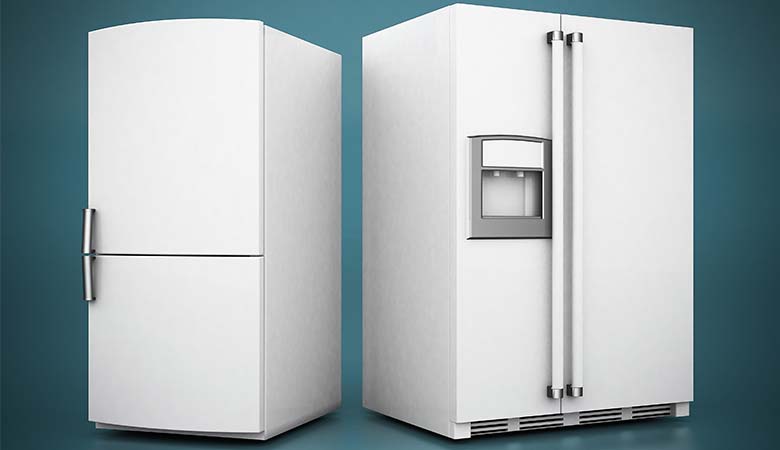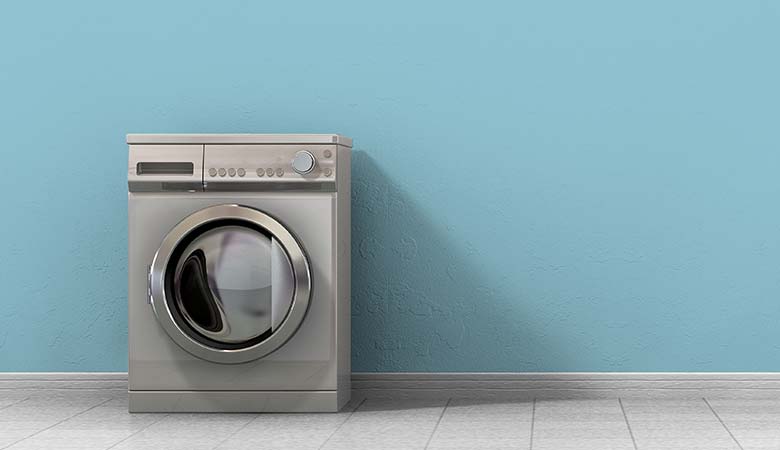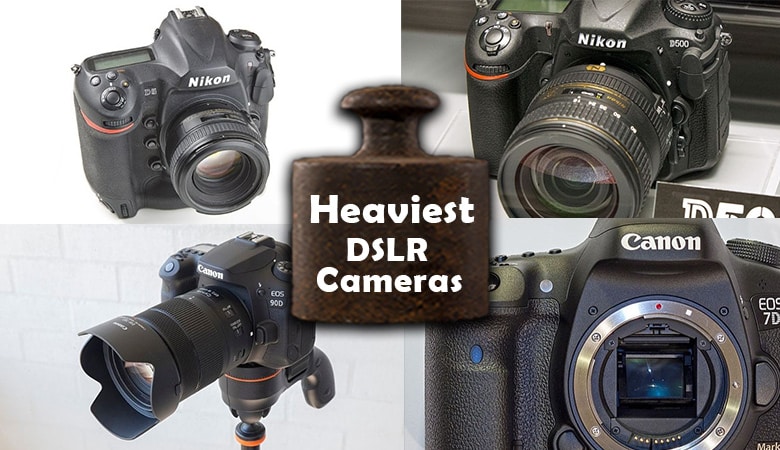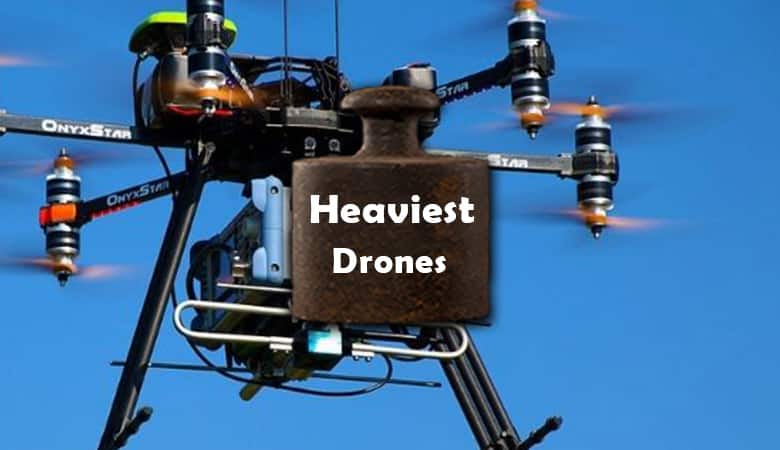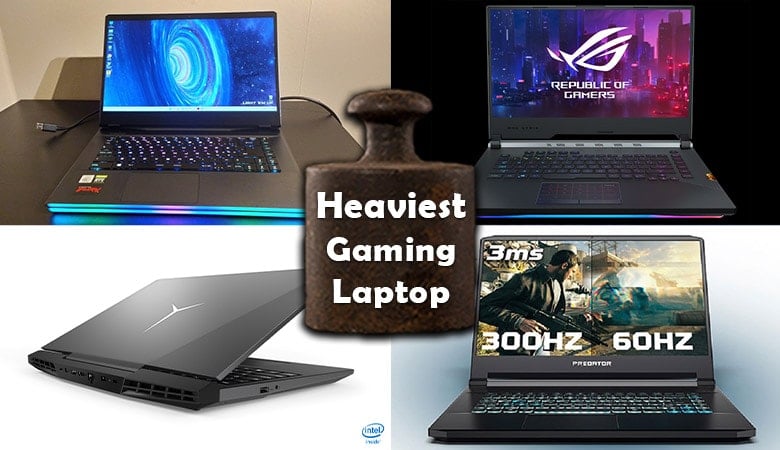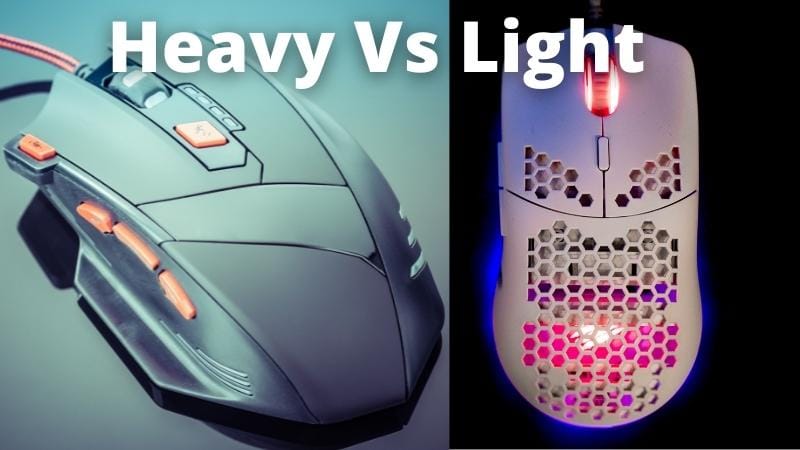Right from the 1920s to date, TVs have come a long way in enhancing information, entertainment and education spread. These innovative pieces of tech became very popular in 1948 after the end of the Second World War. Over time, TVs have evolved from the old Cathode Ray Tube varieties to the modern-day Flat screen editions with much focus on weight.
How Much Does a TV Weigh? (Now & in History). The weight of a TV varies depending on the size and type of materials used. It can weigh from a few pounds to 100 pounds (45 kg) and more. For instance, a standard 32-inch flat screen LCD TV can weigh somewhere between 25 to 30 pounds (11-14 kg). A 50-inch TV can weigh about 28-55 pounds (15-25 kg). Older Cathode Ray Rube TVs were quite heavy. A 25-inch CRT TV could weigh up to 100 pounds (45 kg).
The first Television had a weight of 904 pounds (410 kg). This was quite heavy and you can’t imagine having such a heavy TV in this digital age. Over the years, TV manufacturers have been attempting to come up with light and thin TVs. Weight varies from one TV brand to the other.
What is inside a TV?
Modern TVs are quite different from the old models. Instead of cathode ray tubes, they use liquid crystal and plasma displays. They are also thinner in design and have flat screens. A TV is made of various materials. The main component is glass which forms the first material in the creation of television.
Most modern TV manufacturers use a combination of different gases including argon, neon and xenon gases. These gases are mixed with phosphor to make the display. Cerium is placed inside to improve both color and display. Plastics, tin, zinc, copper, silicon, chromium, and gold are used to make the casing and other electronic parts.
Plasma screens are made using large glass sheets which are cut into multiple pieces. Most plasma screens use electrodes and phosphor gas which are squeezed in between two sheets of glass. The gas is sandwiched between the glasses. Different coatings of phosphorescent chemicals are added to the back of the glass to bring out different color displays. In every single pixel, there are one blue, red and green chambers of phosphor.
LCD TVs are made of glass sheets. The sheets are split then attached. Different color filters with a polymer containing liquid crystals are used to coat the front layer. Each individual pixel contains one green, red and blue filter. At the back of the glass are shutter, electrodes, and capacitors. However, LCDs that are below 30inches use plastic in place of glass.
The frame and case are other parts that make the display of a TV screen. Chemicals are sprayed on the screen to provide protection against heat and other external agents. Circuit boards are also added to the back of the screen. Injection molding is also injected to keep the screen fit into the case. The speakers, receivers, control panels and indicator lights are also added. Plastic backing is then applied. Metal and screws are utilized in the base section before the TV is packaged.
Weight and TV mounting
TV weight plays a critical role in determining how and where you’ll place it at home. Some people prefer mounting their TVs on the walls while others use TV stands. The stand or mount you use should be strong enough to support the weight of your TV.
There are several types of wall-mount units to consider on the market. Alongside weight, size also plays a key role when deciding the type of mount to buy. Wall mounts designed to support TVs of a particular weight will support different TVs of varying sizes.
TV wall mounts contain different types of hardware required for installation. The hardware includes wall anchors and bolts. The type of mounting hardware to use vary based on where you will mount your TV. The surface should support the weight of both the TV and the wall mount unit. If you will be installing your TV on a masonry surface or plaster, then you need the right hardware that suits the mounting surface or else you’ll be risking your TV.
In case of any doubt, it is paramount to contact your TV manufacturer for guidance regarding TV mount and weight compatibility. You can also check from the website of your TV manufacturer about mounting your TV.
The size and weight of a TV are two critical factors and should always match. A large TV is more likely to be heavier than a small one. This is why most wall mounts have varying weight ratings and VESA compatibility standards. Provided your TV monitor falls in the specified requirements, the mount should be capable of holding the weight of your television.
In other cases like fixed mounts, it is good to ensure that your TV is broader than the mount you’ll be using. You don’t want some sides of the mount to hang or protrude outside your TV. For the case of curved TVs, you might need a special wall mount that offsets the edges. Most TV manufacturers provide recommendations on the type of mounts to use for curved screens.
Studs are also essential when securing your wall mount in place. They provide more support and prevents your TV from falling. Most experts recommended that a single stud mount should be used for TVs weighing not more than 80 pounds. We all mind about the safety of our TVs and studs can be very critical. If you’re mounting your TV on drywall, then use a wall mount that gives you the flexibility to mount your TV on any location. Lightweight TVs that weigh less than 40 pounds can be mounted on drywall.
Weight vs. transporting, packing and unpacking a TV
The reason why most people prefer lightweight TVs is when it comes to transporting, packing and unpacking their TVs. It is advisable to get assistance in case you’re carrying a heavyweight TV home. Remember that the torque and pressure you exert on the bezel and frame of your TV can cause damage. It may not be necessarily dropping them down but lifting them and placing them on the TV stand or during wall mounting.
Weight vs. picture quality
It also doesn’t make sense to buy the lightest TV available on the market then suffer poor quality pictures for the rest of your TV’s lifetime. Although not all lightweight TVs produce poor images, plasmas are much heavier compared to their backlit LCDs and CCFL counterparts. In fact, some can be as heavy as 36.5%. They also consume more power compared to the two. The high power is required to light up phosphors to produce quality images on the screen. Therefore, you might need to consider weight in case you’re buying a plasma or LED TV.
In summary, the weight of a TV is one of the biggest considerations when buying one. It is determined by the size and type of materials used. A plasma TV is a bit heavier than an LCD. Weight also determines the type and quality of the mount you’ll use.
Other Related Questions
How much does a TV cost?
The cost of a TV varies depending on the size and dimensions you want. It ranges from a few hundred dollars to a thousand or more dollars. The quality of display also affects the cost. An HD TV or better quality is a bit pricier than a basic one. In other cases, the brand can also affect the cost.
What is the amount of power required by a TV?
TVs require a couple of power depending on the size, age, and type. For instance, an old TV or cathode ray tube will consume more power than current TVs. To understand the amount of power needed to run your TV, consider reading the manufacturer’s label to find wattage rating of your appliance. Divide the wattage by the voltage from your mains to get current.
What is the purpose of having a TV?
TVs are used for entertainment, education and for information purposes. You can watch your favorite programs, shows, and movies. You can also use your TV monitor to play your favorite games during your free time. With a TV, you can fight boredom.
References
https://www.movers.com/ask-moving-expert/q/how-much-does-a-flat-screen-tv-weigh-1402.html
https://whatthingsweigh.com/how-much-does-a-50-inch-tv-weigh/
https://www.techwalla.com/articles/how-are-tvs-made
https://blog.puls.com/will-your-tv-mount-hold-the-weight-of-your-tv

